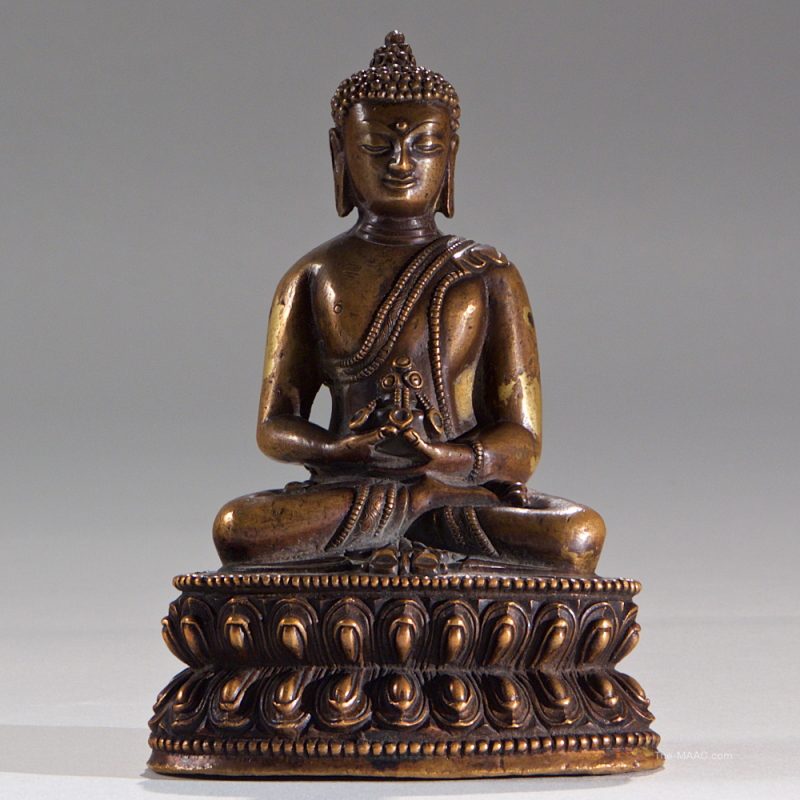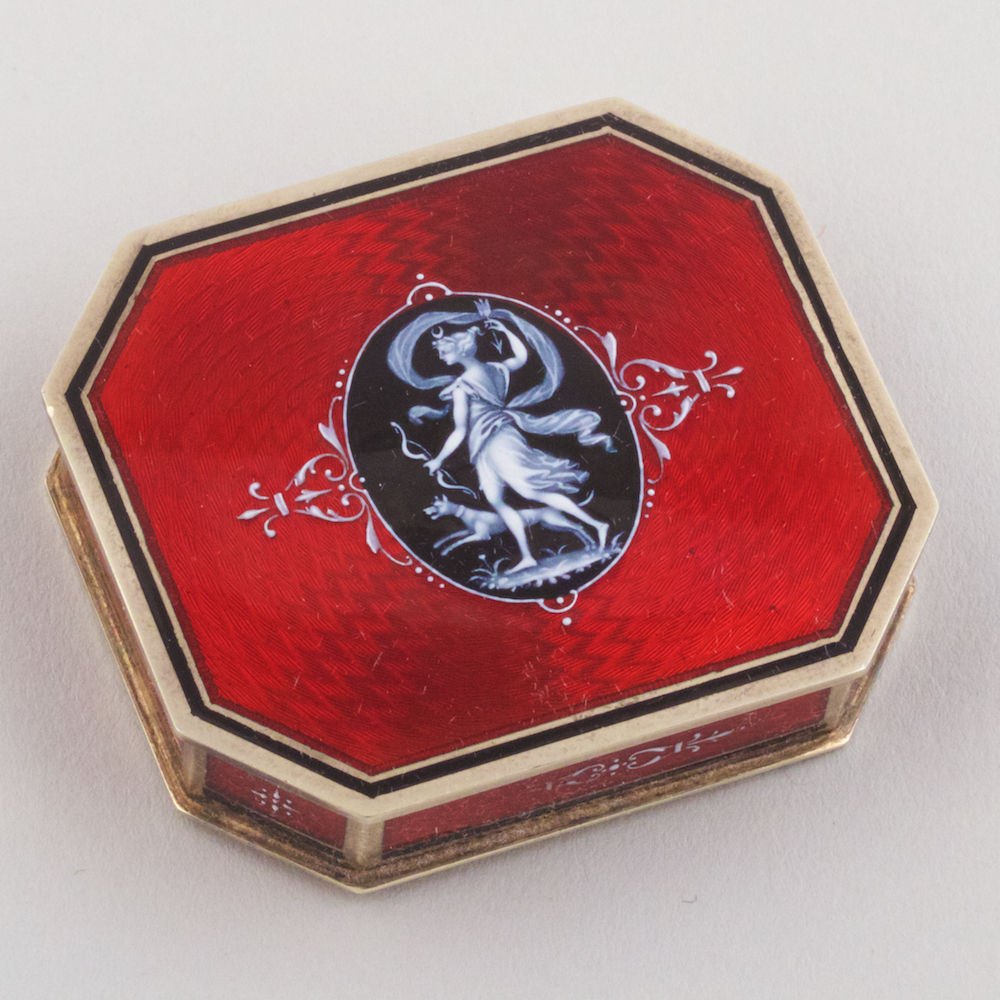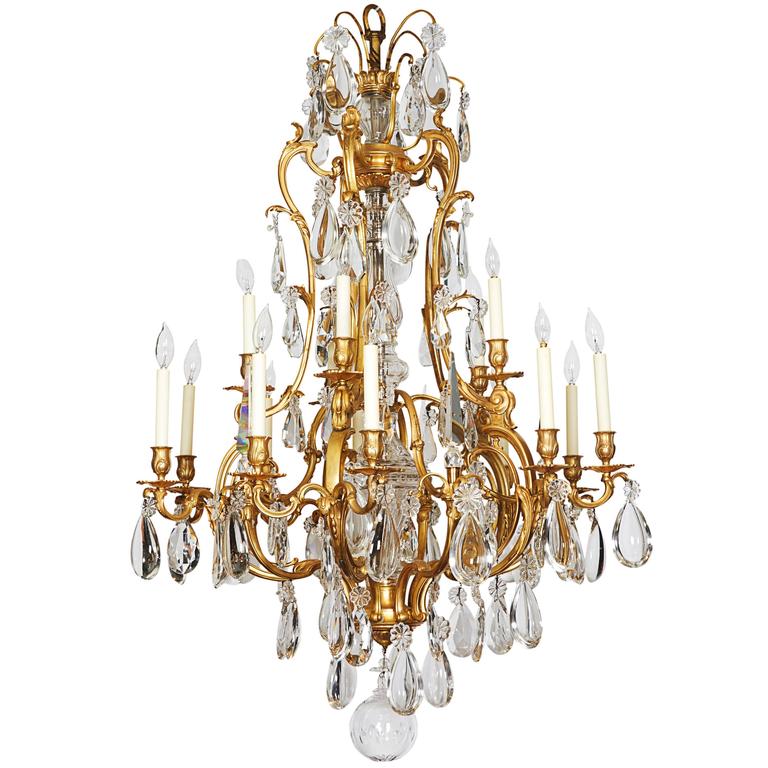Small Treasures: Antique Carriage Clocks

Invented in 1812 by the seminal French watchmaker Abraham-Louis Breguet for the original man-on-the-go, Napolean Bonaparte, the carriage clock was designed specifically for traveling. The exquisitely compact timepiece is balance spring-driven and uses a platform escapement for speed regulation so the clock can be adjusted for accurate time. In some carriage clocks, the escapement is visible through a glazed aperture at the top of the clock as in both exemplary specimens here. The time can be recalled by way of pushbotton as per the first carriage clock in this post, which allowed a man with a pressing need for time and discretion like Emperor Bonaparte to check the time in the dead of the night without fumbling for a candle. European Decorative Arts can be reached here regarding their collection of carriage clocks, which is the gallery’s particular specialty.





